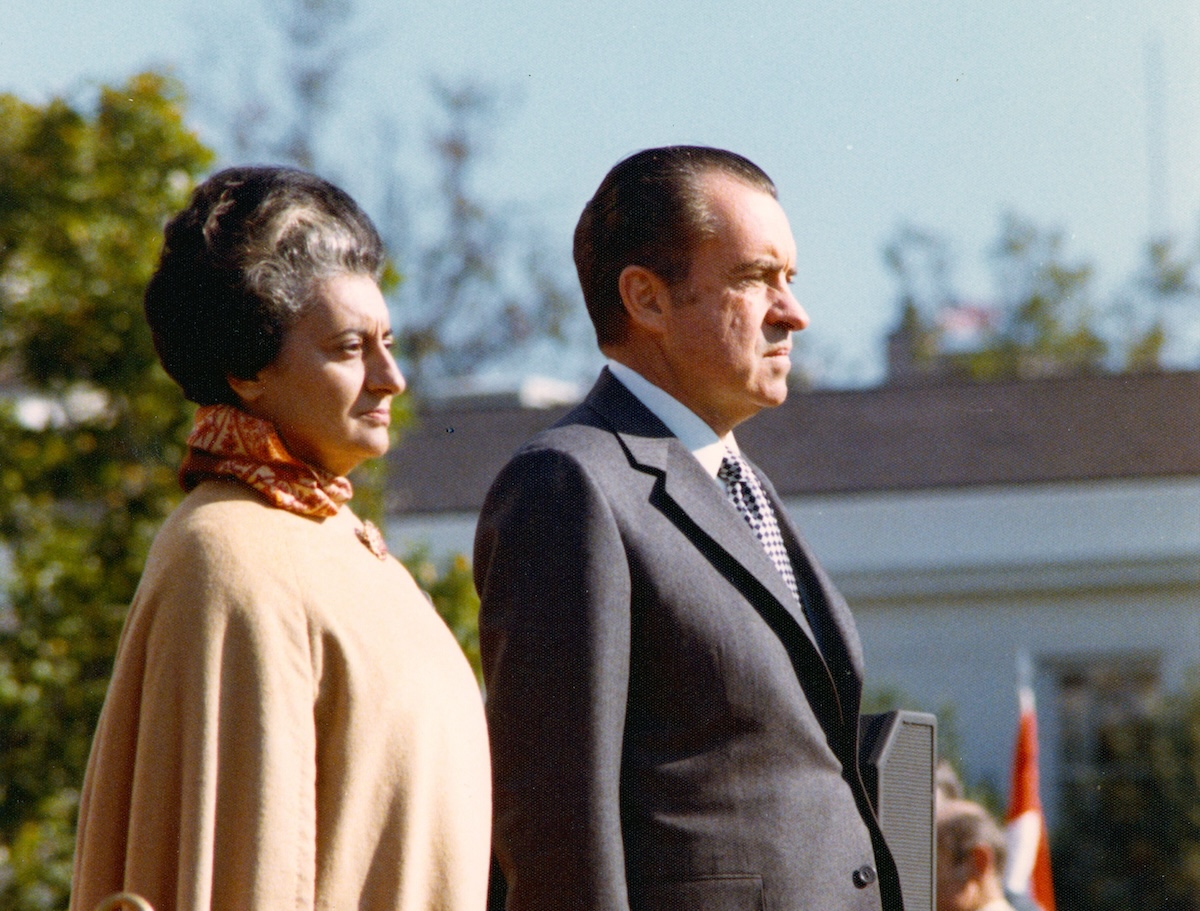The Nehru-Gandhi Family’s Tryst With Destiny
India cast off the monarchy in 1950, but the Nehru-Gandhi family have become republican royalty. How did one dynasty take centre stage in the world’s largest democracy?

For 40 of the first 60 years since Independence, a member of the Nehru-Gandhi dynasty has ruled as prime minister in India. The family came to personify the struggles and triumphs of the entire nation – an identification they did everything to promote. The story of how the family intertwined its fate with that of the nation starts with its fiercely ambitious founder, Motilal Nehru (1861–1931), who rose from poverty to become a leading lawyer and member of the Indian National Congress, and set out to make his son, Jawaharlal Nehru (1889–1964) the greatest man in the world.







